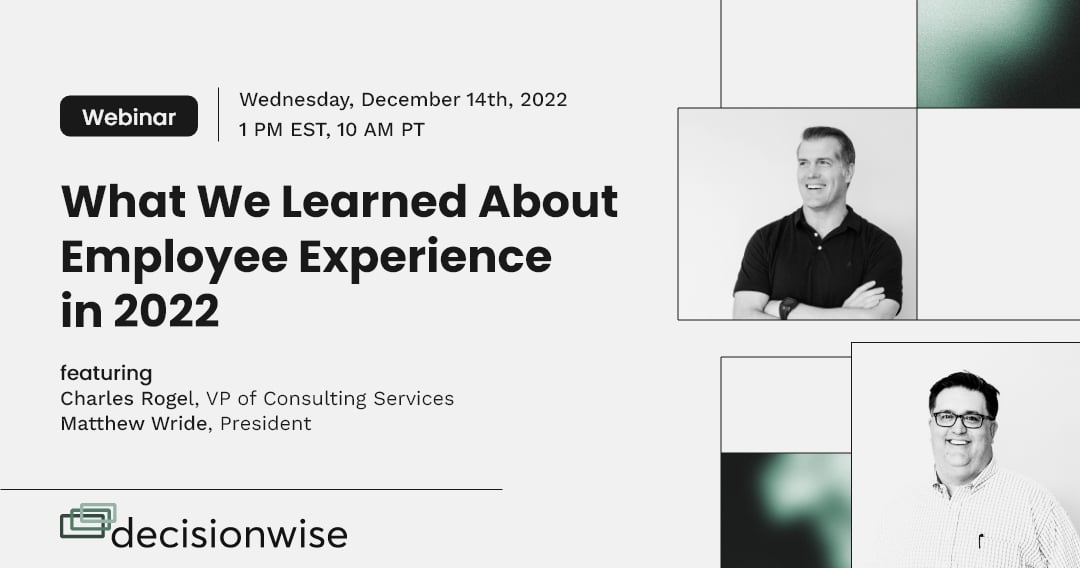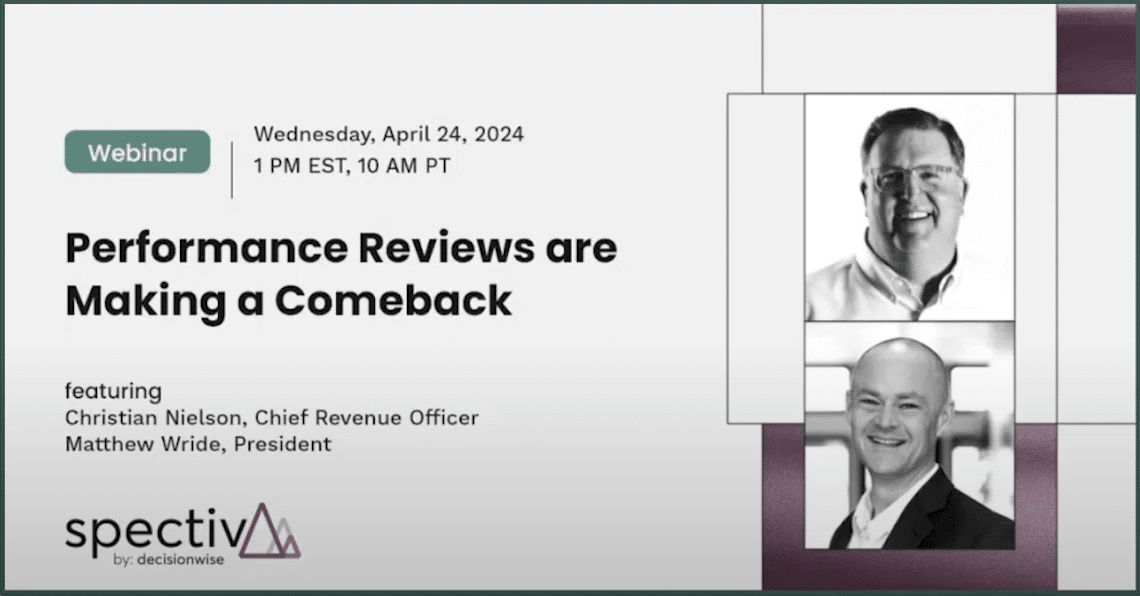Tidbits
We all know we need to make data-driven decisions, but when is it time to stop analyzing and start making decisions? Today’s featured discussion will highlight this issue. But before we dive into things, here are some fun takes on what it means to do research.
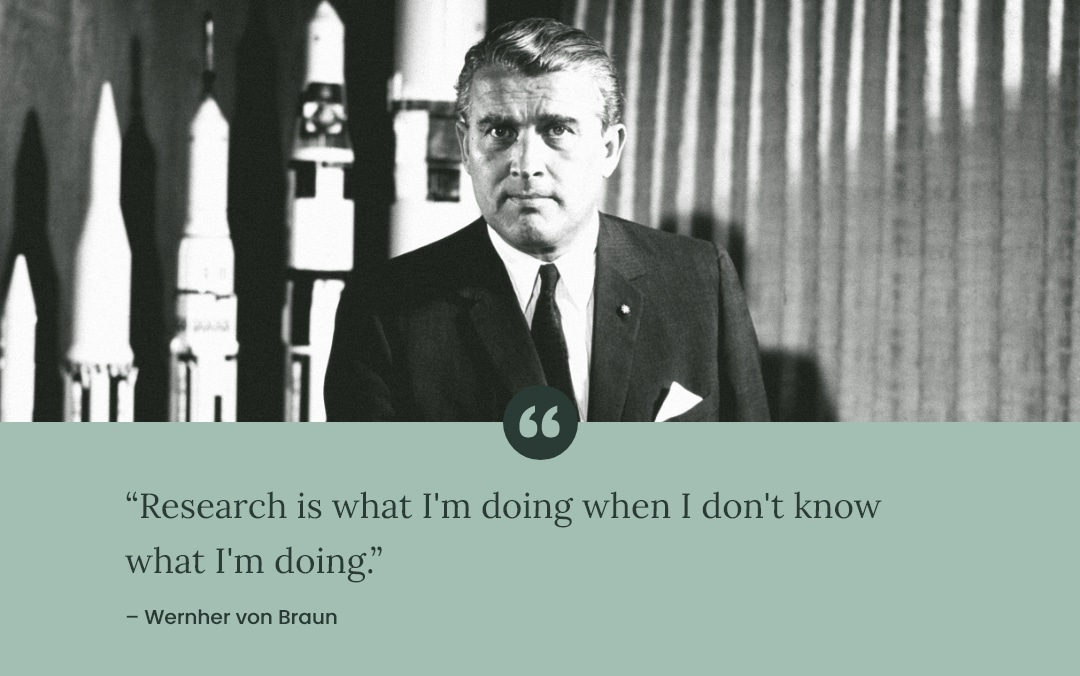
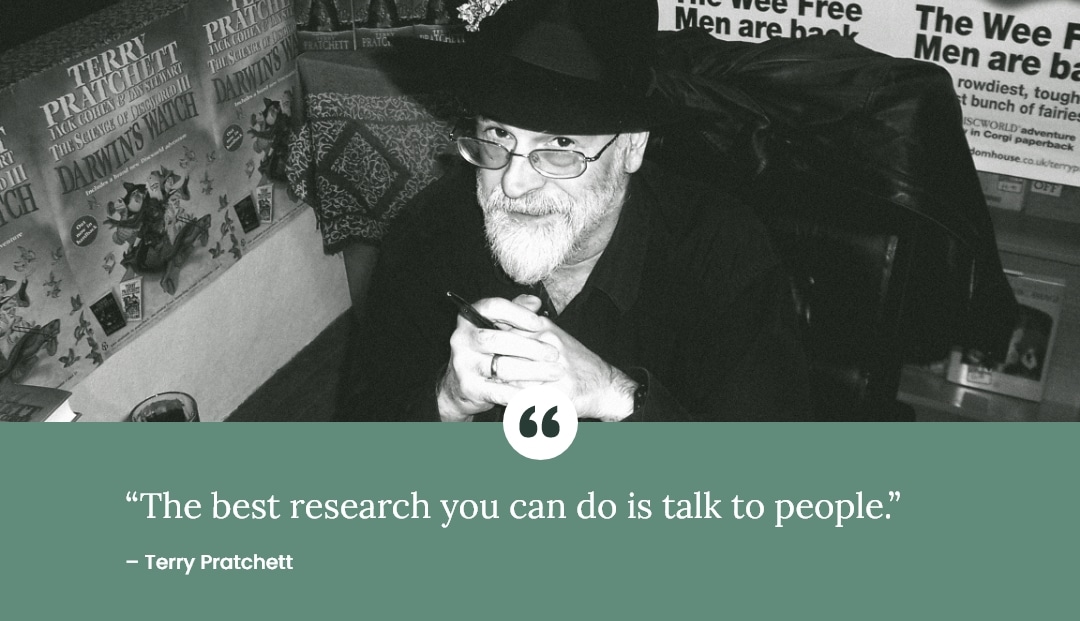
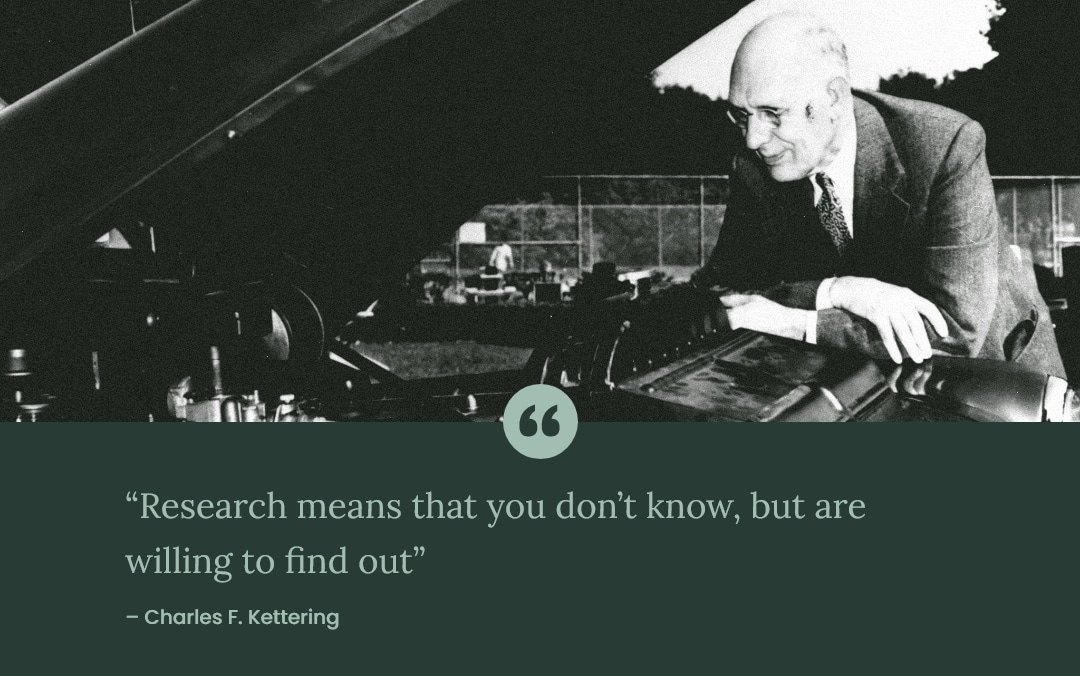
Brilliant in the Basics
To be effective, teams must have two dimensions. The first is expertise – or what we might call know-how skills. When evaluating or building a team, take care to select (or develop) people who bring a toolbox full of useful skills and knowledge. After all, a team’s primary purpose is to do something and do it well. So, in order to succeed in any setting, a certain level of ability is required.
The second dimension is the ability to promote and foster effective relationships. We are not talking about being best friends or even hanging out together after hours. We are talking about respecting others, listening, and communicating effectively, including knowing how to navigate team politics and being considerate of others’ contributions.
Finding the expertise is usually the easiest part. Societally, we have robust signaling devices to help us identify experts. We can look at prior indicia of expertise—accomplishments, recommendations, certifications, trainings, and educational experiences.
But what about the relationship side of the coin? Certainly, you can ask around for opinions, but another resource to consider is people data. Find out what you can learn from survey data, 360-degree feedback, psychometric assessments, performance reviews, and other quantitative sources. There are numerous assessments available that can help a leader understand everything from personal preferences to favored conflict styles.
Our Brilliant in the Basics Tip: Consider asking your HR business partner for help in gathering people data–everything from surveys to assessments, to better understand your team and each member’s likelihood to build lasting and productive relationships.
What You Might Have Missed From DecisionWise
- This year’s Chili Cookoff was 🌶😋 (and the winning recipe is in the comments!)
- In the Webinar Recording: Data Over Dogma learn to use employee data to make better Decisions
- The most recent Brilliant in the Basics: Your Actions Could Have Long-term Effects on the Employee Experience, gives you tips for when you have hard decisions to make or difficult news to deliver
- Check out this awesome Infographic: Do Your Employees Feel Heard?
Featured Discussion
What’s Happening at DecisionWise
We love data. It is a huge part of what we do here at DecisionWise. As an employee feedback company, our tools and services help organizations develop a richer and more effective understanding of how their employees think and feel about their work, teams, supervisors, and the organization.
Though we strive to be strong data evangelists, even we must acknowledge that sometimes business leaders need to stop analyzing and start making decisions. Quick and effective decisions are the lubricant that keeps operations humming, and good analysis, while immensely important, has little value unless it leads to action.
So, for today’s topic, let us address the question:
How do I know when it is time to stop looking for more data and move forward in making the best decision possible?
Allow me to offer ten considerations to help you know when it is time to stop analyzing and start deciding.
- Your deadline is telling you it is time to decide. This suggestion seems obvious, but there is an important factor that is sometimes overlooked: do not keep digging for more data until the very last minute. Good decisions need a cooling-off period for reflection. It is better to decide 12-24 hours before your deadline to give you time to reflect, and more importantly, time to revise your decision. Set your deadline to be 24 hours in advance of the actual one.
- Nothing new is surfacing. If your research stops revealing important insights, or the flow of new and useful information begins to slow, you need to move into the decision-making phase.
- Wait! What if the real “nugget” is right around the corner? This is a tough one. We all know stories where a key insight came after hours and hours of work, and it was this last insight that made all the difference. While these stories are true, they are passed along because of our bias to share remarkable things. Speaking in sheer probabilities, additional effort rarely yields additional useful information. Even data is subject to the law of diminishing returns.
- Perfect is the enemy of good. Voltaire is credited with saying, “The perfect is the enemy of the good.” It costs more time, money, and effort to go from 95% to 99% than from 0% to 95%. In logistics, the last mile is always the costliest. Know when you have reached the “last mile” in your process, accept that it is good enough, and use it as a signal that it is time to decide.
- Follow the Pareto Principle. The Pareto principle, also known as the 80/20 rule, is a theory that 80% of the output from a given process is primarily driven by 20% of the input. Thus, in our context, 20% of the information and analysis will get you to 80% of what is needed for the right decision, and if time is tight, that may be enough.
- Familiarity breeds contempt. The more you analyze a subject, the more you might lose your passion and drive for the topic. If ongoing analysis becomes drudgery, that is a good indicator that it is time to move forward with a decision.
- More data and analysis can obscure the simple things. If we keep working to the most granular level possible, we run the risk of losing the forest for the trees. The larger milestones become obscured, and they are often the most vital part of the decision to be made.
- Identifying potential pitfalls creates paralysis. We lose clarity in our decision-making as we try to preempt all the low-probability challenges and issues.
- Be mindful of the trade-offs. When we spend most of our time and energy on analysis, we deprive ourselves of the opportunity to devote that time and energy to implementation, communication, change management, and other critical activities for long-term success. A good decision may be rendered ineffective if it does not result in the desired change within a system.
- Fail Fast. Be okay with making mistakes. If we are so busy constantly tuning our violin, we will never get around to playing any music.
- An imaginary future is not the same thing as the present. Constant analysis can cause us to live in an imaginary future rather than the present. It is in the here and now that we can effectuate positive change.
We encourage you to take inventory of these ten suggestions from time to time to help you avoid the dreaded state of paralysis by analysis. Thanks for reading!
ON-DEMAND WEBINAR
HR News Roundup
Here are some of the top EX/HR articles from the last few weeks:
- 5Mins makes your employees better, a few minutes at a time (TechCrunch)
- Research Roundup: How Technology Is Transforming Work (HBR)
- 5 ways to communicate with emotional employees (peoplematters)
- Fostering Employee Engagement In The Current Work Environment (Forbes)
- The four-day week: A modern way of working or a stress-inducing nightmare? (HRD CA)
- The Digital Experience Is the Employee Experience (ATD)
- Employee Engagement is Key in the New Talent Landscape (Yahoo Finance)
- People should be HR’s priority, not policy (HR Magazine)
- 5 principles needed to humanize metaverse experiences (VentureBeat)
- Reimagine the Employee Experience: A Guide for Public Sector Organizations (Government Executive)
- Addressing office “boy’s clubs”: How to create an inclusive company culture (VentureBeat)
- Why Hiring by Lottery Might Not Be as Absurd as It Sounds (Psychology Today)
- Why people data analytics is poised to drive big change in 2023 (HR Executive)
- Four Tips To Prevent Quiet Quitting (Forbes)
- The No.1 Reason Why Your Workers May Be Quitting Their Jobs (Inc.)
- What Is The Most Important Question On Your Employee Engagement Survey? (Forbes)
- Speak Up or Stay Silent? Dealing with Difficult Co-Workers (SHRM)
- Why employee satisfaction isn’t enough for employee engagement (Fast Company)
- People Data Drives Effective Decision-Making When Shared (SHRM)


